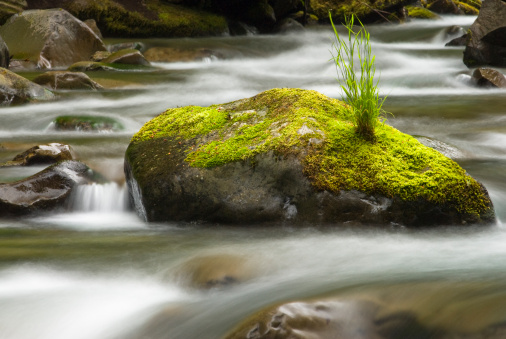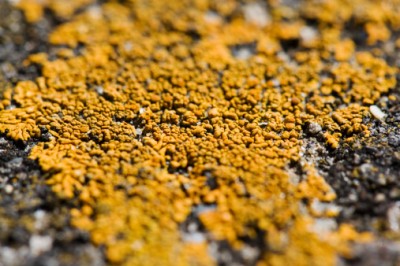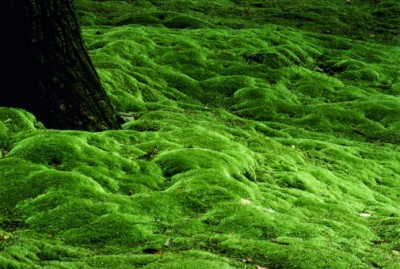Difference between Lichen and Moss

Both, Moss and Lichen do a similar job and therefore, are often confused.
The biggest reason behind this confusion is that moss is usually used as a name for lichen. The two organisms may look a little identical, but there is surely plenty of difference between them. In fact, they don’t even belong to the same part of the world.
Without a shadow of doubt, both organisms are quite fascinating. But they are generally ignored just because of being not so flashy. They have multipage usages, such as animal fodder and medicines. Interestingly, the organisms are also used for religious practices.
It is quite hard to distinguish these two organisms physically. However, one major difference is their colour. Mosses are generally green, while lichens often have grey or pale white appearance. Unlike lichens, mosses usually grow in the moist dark areas of the land. The difference between their structures is also notable. Mosses usually have leaf-like structures – something not very common in lichens.
Instructions
-
1
Lichen
Representing a relation between a fungus and cyanobacteria, lichen is truly one of the amazing organisms in this wonderful world. The experts were totally unaware of its symbiotic nature until the 19th century, when finally a breakthrough was seen. Lichens are harmful for the trees, as they suck all the valuable nutrients.
There are three different forms of lichens known at the moment; Crustose lichens, Foliose lichens and Fruticose lichens. The first of the three usually grows in the rocks with a crusty appearance that looks quite fascinating from a distance. The foliose lichens generally grow on the surface, and sometimes around the trees. The fruticose lichens, on the other hand, form bright fruiting stalks.
-
2
Moss
Moss can be easily termed as a plant that belongs to the bryophyta division. This unique division consists of nearly 10,000 species. These organisms can be found anywhere in the world, but they particularly grow near the water. They retain plenty of water, and many animals and insect species use them for the feeding purposes.







